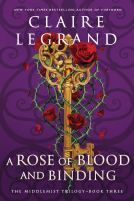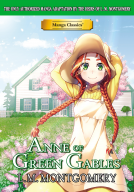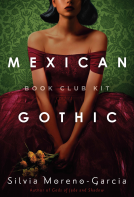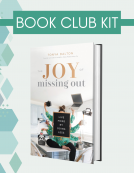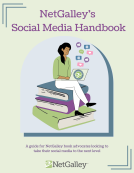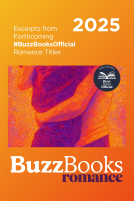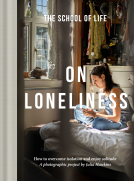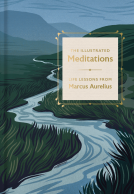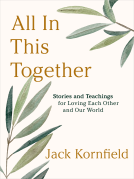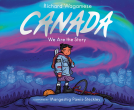
GIRL
Love, Sex, Romance, and Being You
by Karen Rayne
This title was previously available on NetGalley and is now archived.
Send NetGalley books directly to your Kindle or Kindle app
1
To read on a Kindle or Kindle app, please add kindle@netgalley.com as an approved email address to receive files in your Amazon account. Click here for step-by-step instructions.
2
Also find your Kindle email address within your Amazon account, and enter it here.
Pub Date Jul 18 2017 | Archive Date May 22 2018
American Psychological Association | Magination Press
Talking about this book? Use #Girl #NetGalley. More hashtag tips!
Description
Welcoming and inclusive of all self-identified girls, GIRL: Love, Sex, Romance, and Being You is an uncensored, unbiased, and fantastically relevant guide, jam-packed with what you want and need to know. A growing-up guide for the 21st century, GIRL covers what everyone is talking about—healthy sexuality, loving relationships, and gender fluidity, as well as thornier subjects such as STIs, consent, and sexual assault. Plus you’ll find self-reflection quizzes, cool resources, and must-read real-life stories from girls like you!
From the Introduction:
The language around sex and sexuality is so important. There are a lot of words, from anatomy to psychology to culturally evolving words. If you don’t know the definition of a word, don’t let this intimidate you. Many of the chapters start with defining words that are important to that particular topic; if you come across a word that you don’t know that isn’t defined in the book, just do a quick Internet search for it. The language around sexuality, particularly as it applies to identity, is changing quickly. If there are words about identity that feel outdated, replace them with words that resonate for you.
Advance Praise
Chicago Public Library's 2017 Best of the Best Books List for Teen Nonfiction!
“This is a raw book that any teen girl will find enlightening. The book is definitely uncensored and offers a fully factual account of so many of the things that these young women will go through in their lives. The book goes through issues regarding relationships, sex, dating, romance and so much more. There are questions that will lead the reader on a self-reflective journey and some great lists and additional resources that many will refer back to again and again…. This is a great resource for all teen girls today!” --Dad of Divas
“Rayne offers an empowering, thorough, and inclusive guide to sexuality for ‘older teenagers who identify as female….’ Rayne’s book is notable for the breadth and depth of its discussions; readers seeking advice on or knowledge about virtually any aspect of sexuality and identity should find this to be a valuable resource.” —Publishers Weekly Starred Review
“GIRL is an inclusive guide for all self-identified girls to gender and identity, dating and romance, and healthy sexuality [by] a nationally recognized educator, trainer, author, and expert in sexuality education.” —TEEN VOGUE
"Designed to tackle topics that students don't cover in school…the book takes on a wide range of issues, from sexual consent and decision making, to body image and healthy relationships, and porn and masturbation…remarkably candid…[GIRL] asks young people whether they will make these decisions under pressure; by following their guts; or with careful consideration. The hope is that ‘outside the watchful eye of adult supervision,’ and with access to the right information, teens this summer will make the right calls." —NPR.ORG
Available Editions
| EDITION | Other Format |
| ISBN | 9781433823398 |
| PRICE | $15.99 (USD) |
| PAGES | 368 |
Links
Average rating from 33 members
Readers who liked this book also liked:
L.M Montgomery
Children's Fiction, Comics, Graphic Novels, Manga, Teens & YA
Silvia Moreno-Garcia
Historical Fiction, Literary Fiction, Sci Fi & Fantasy
We Are Bookish
Business, Leadership, Finance, Nonfiction (Adult), Self-Help
Marie Bostwick
Historical Fiction, Literary Fiction, Women's Fiction
JUNO
Arts & Photography, Comics, Graphic Novels, Manga, Travel

